Petrol vs Diesel Comparison: Kia Sonet vs Hyundai Creta vs Honda City
During the third week of September 2020, petrol in Delhi is retailing at ₹81.10 per litre, while diesel is at ₹71.32 a litre. After the unnatural pandemic price surge, diesel prices have since come down. And despite all of the rumours and misconceptions
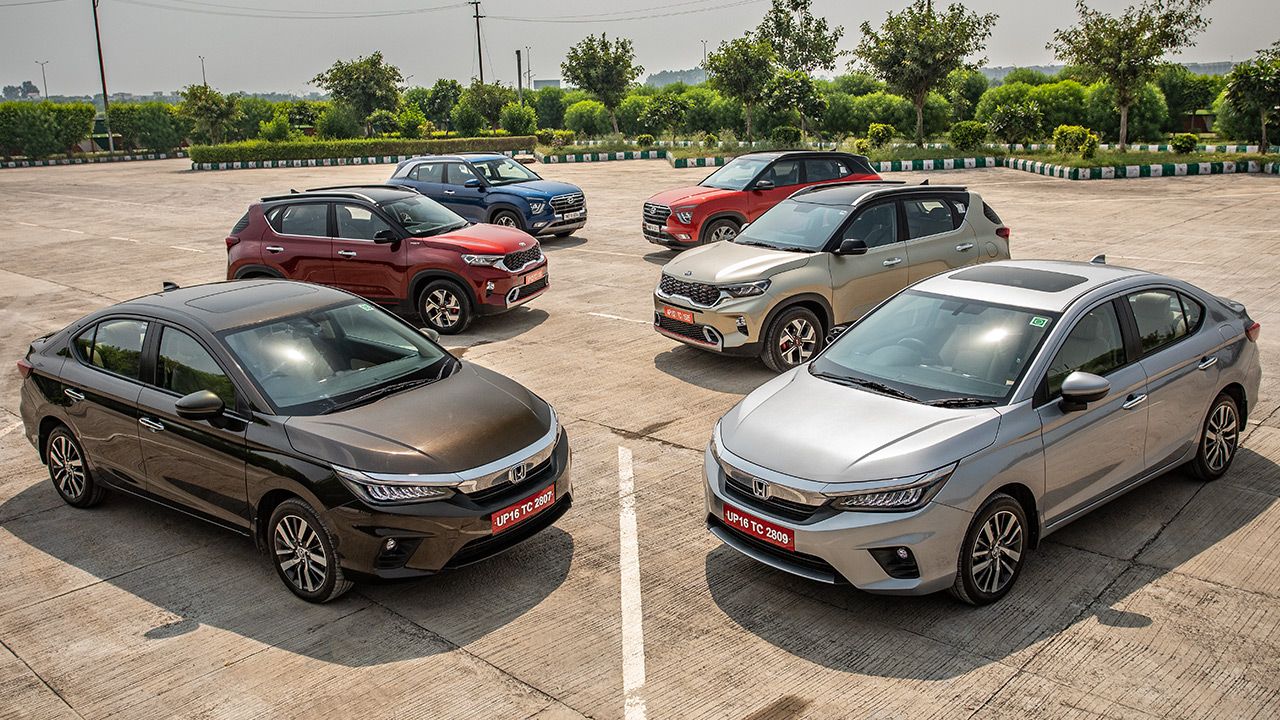
The age-old debate of petrol or diesel continues in the BS6 era. And given that more sophisticated turbo-petrols now cost the same as their equivalent diesel models, there’s a whole new twist to this debate. Plus, given the more expensive BS6 tech, does a diesel still make sense? Here’s an exhaustive road test to bring you the answers!
During the third week of September 2020, petrol in Delhi is retailing at ₹81.10 per litre, while diesel is at ₹71.32 a litre. After the unnatural pandemic price surge, diesel prices have since come down. And despite all of the rumours and misconceptions about diesel cars disappearing from the streets, a wave of new mass-market BS6 diesels have hit the market.
So, the age-old battle between petrol or diesel is brewing once again. Now, the price differential between petrol and equivalent diesel models may have increased from the earlier ₹1 lakh to ₹1.3 – 1.5 lakh, but there’s also been a new development.
You see, in the BS6 era, a new range of modern direct fuel-injection turbocharged petrol engines have found their way under the hood of everyday cars. From the humble Hyundai Grand i10 Nios to older models, such as the VW Polo and Vento, and new-generation models, such as the Kia Sonet and second-gen Hyundai Creta, they are all offered with new small-capacity turbocharged petrol engines. The earlier naturally aspirated indirect fuel injection engines, meanwhile, continue to be offered in more affordable versions, i.e., lower and mid-trim level models from Hyundai and Kia.
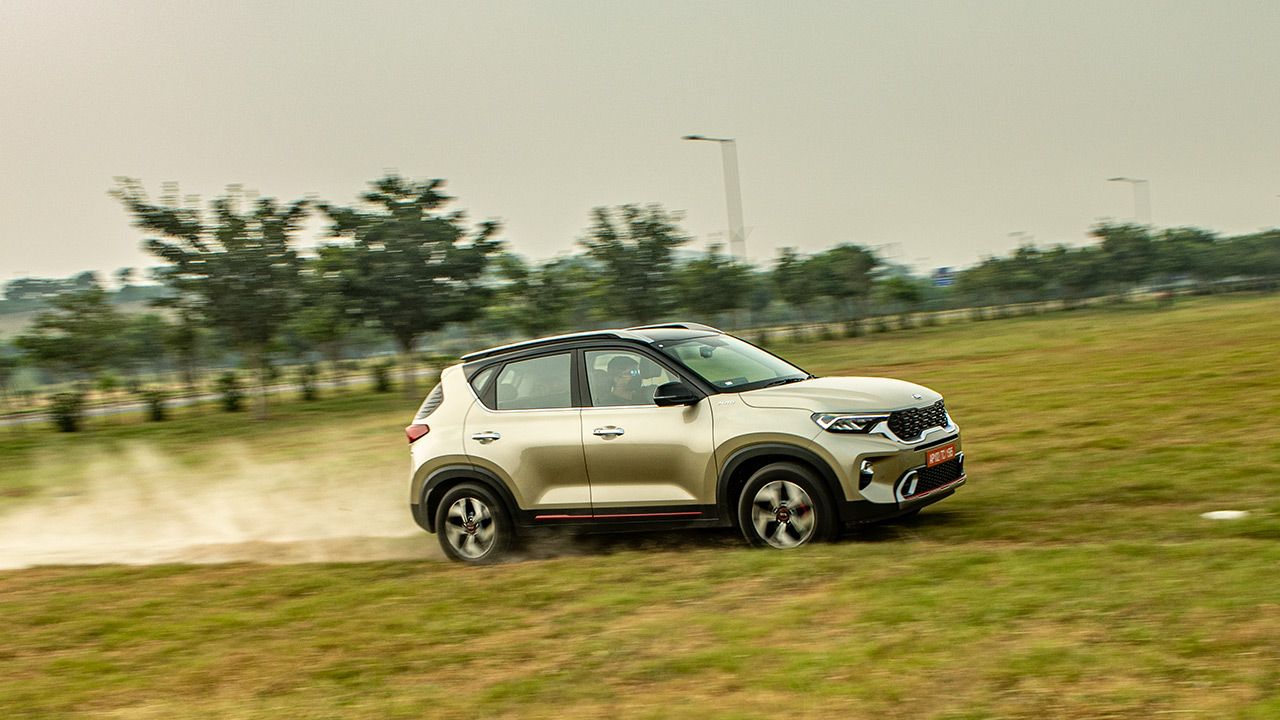
Certain carmakers, however, have decided to stick with the tried and tested naturally aspirated petrol engine. A perfect example is the fourth-generation Honda City, which features a new twin-cam i-VTEC engine, with VTC (Variable Timing Control), not just for cleaner emissions and better efficiency but also for a very exhilarating driving experience! But can it compete with more powerful turbo-petrol motors?
Given the altered market dynamics and ever-increasing fuel prices, the old conundrum of choosing between petrol and diesel becomes all the more confounding. But don’t worry because we’re here to solve this conundrum through some extensive road testing so that you can make an informed decision and buy the right car to suit your needs.
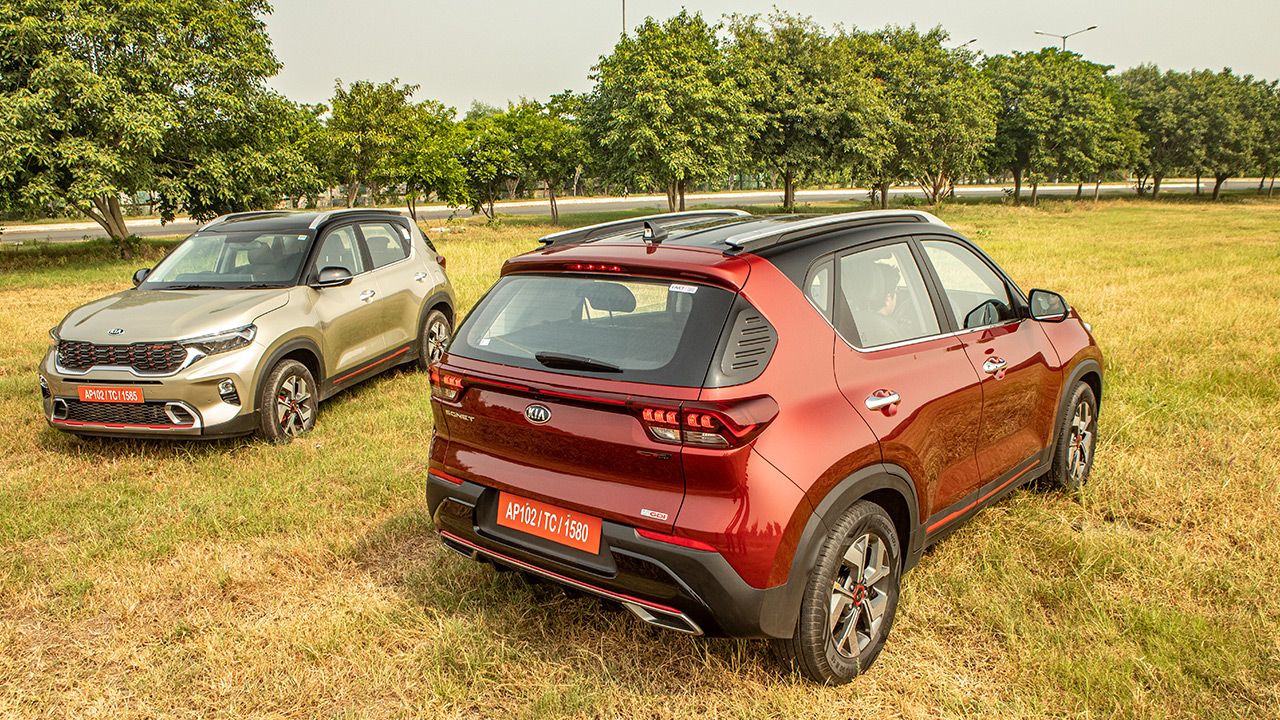
Turbo-petrol blitzkrieg
The sudden influx of turbocharged petrol cars in the BS6 era has made no difference to the average buyer. But these new powertrains have caught the attention of enthusiasts. After all, you now have a choice of affordable cars with lots of grunt and a wide range of cutting edge powertrain options. The Creta and Seltos, for instance, are available with a 138bhp 1.4-litre turbo petrol engine.
Now, whether you’re an enthusiast or a regular car buyer, one thing you’ll always care about is your monthly fuel bill. Of course, we’re already aware that diesel cars are more fuel-efficient than naturally aspirated petrol models by about 6 to 9km/l. But what about new turbo petrol powertrains? What sort of fuel efficiency do they offer? But, before we get to that, let me tell you that turbo petrol cars – with their pricey powertrains – don’t have a price advantage over diesel-powered machines anymore. For instance, the top-of-the-line Kia Sonet petrol automatic GTX+ has been priced at Rs 12.89 lakh, which is the exact same price as the Sonet GTX+ diesel automatic. What’s more, the Creta 1.4 DCT costs ₹17.20 lakh, which is ₹1.41 lakh more than the price of the Creta 1.5 diesel manual that we have here – ₹15.79 lakh (all prices are ex-showroom Delhi). But, like the Sonet, the 1.5 Creta diesel automatic costs the same as the 1.4 DCT petrol model, which is ₹17.20 lakh.
So, the question is how much more a similarly priced petrol car will cost you over a diesel powered one in the long run? Well, let’s find out!
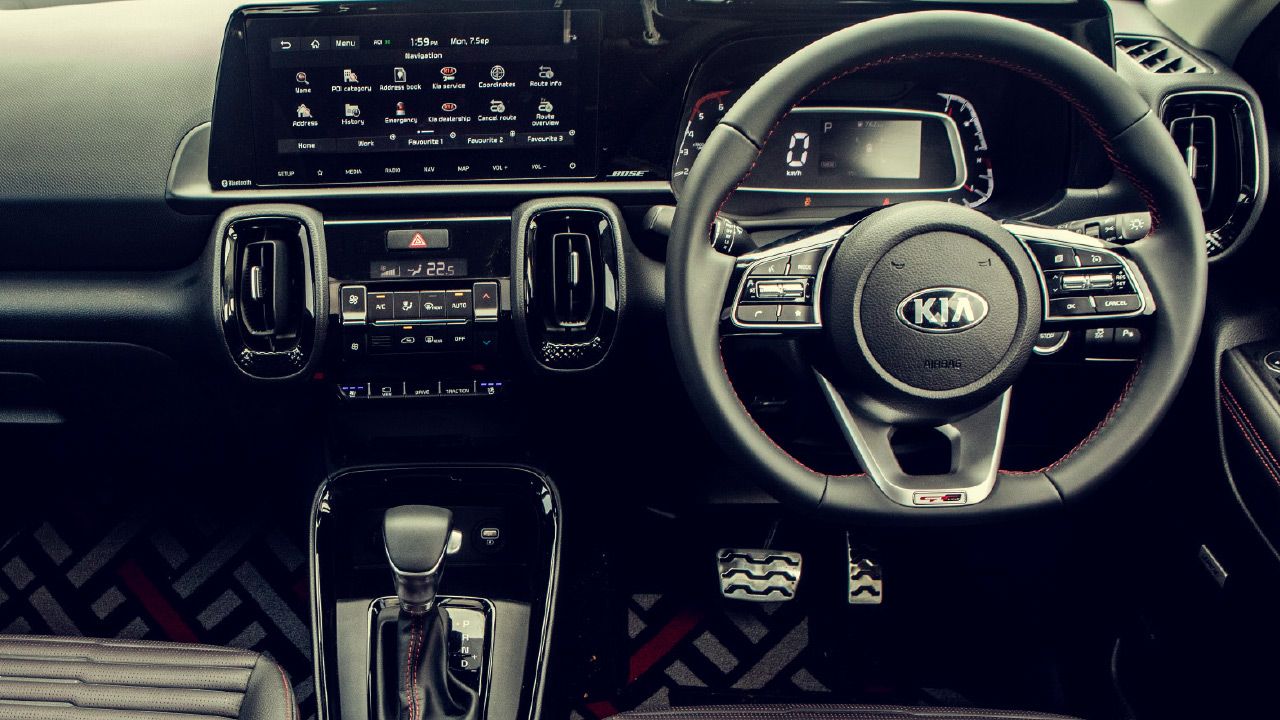
Crunch the numbers
Many would agree that the biggest reason for buying a diesel car is fuel efficiency. In this regard, the City diesel is in a league of its own, with an efficiency of 24.16km/l, as tested – which, as it happens, is exactly the same as the claimed figure for the car.
Now, the City diesel demands a premium of ₹1.5 lakh over its petrol counterpart. However, if you drive an average of 1,000kms a month, then, considering today’s fuel prices, you’ll save enough to make up the price difference in just under 5 years. And if you take into account an even higher price differential when it comes to on-road prices (by adding road tax), that timeframe gets longer if you drive an average of 12,000kms a year.
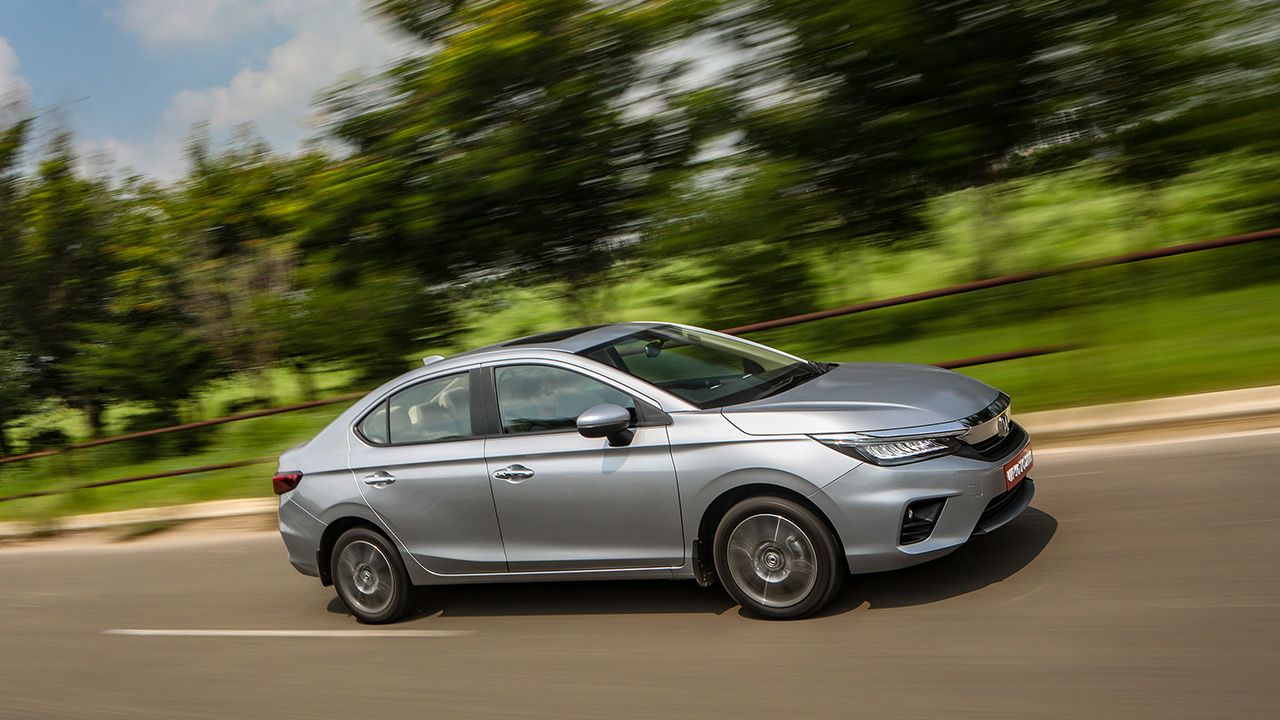
So, there’s no doubt that diesel cars are still relevant, especially if you drive long distances. The petrol City has a fuel efficiency of 14.56km/l, as tested, which means that if you drive the City diesel, you’ll save ₹31,416 every year in fuel costs if you cover 12,000kms over the course of the year.
The curious case of turbo-petrol engines
As a naturally aspirated petrol car, the City returned 14.56km/l. But things are a little different in case of turbo-petrol cars. You see, if you cruise at constant speeds, with light throttle inputs, these cars can go into lean-burn mode – with a higher air-to-fuel ratio – at which points the Creta DCT and Sonet DCT can return 15.3km/l and 16.07km/l respectively. And that’s mightily impressive!
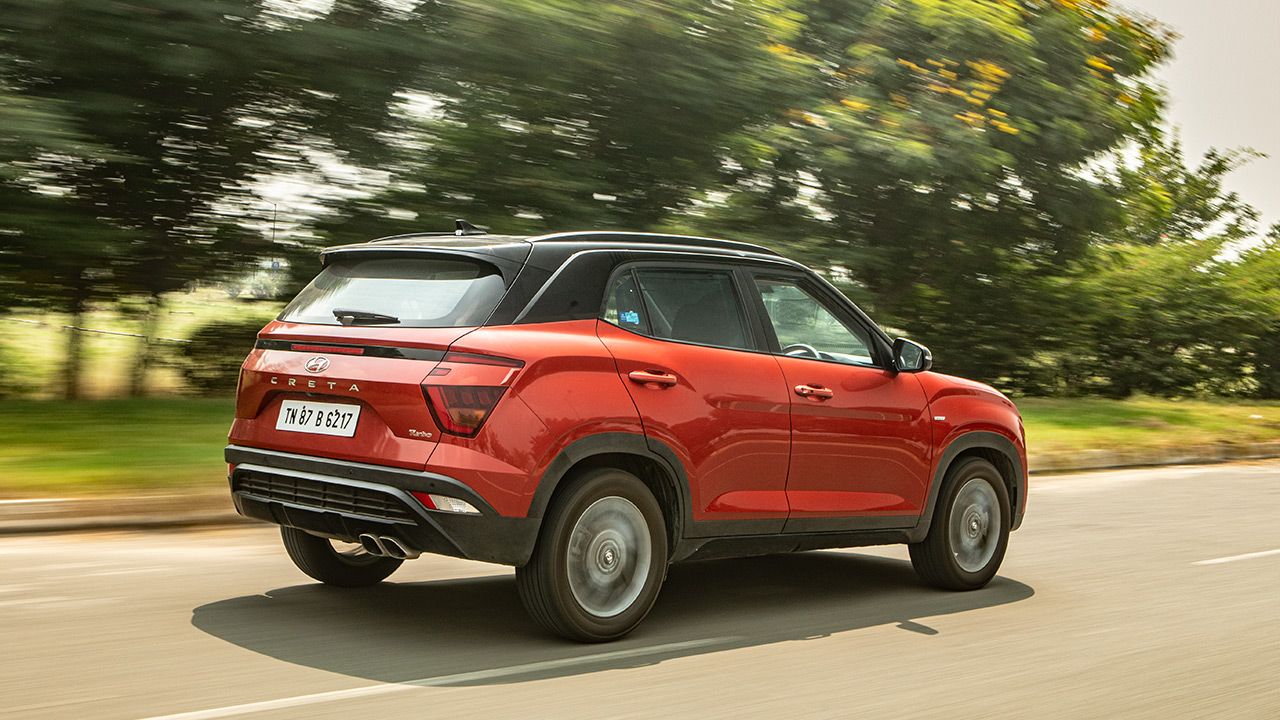
But, in the real world, such high-efficiency figures are almost impossible to achieve, given our chock-a-block traffic. So, we conducted another set of urban driving-cycle efficiency tests for these turbo-petrol cars. In a 33.8-kilometre long peak-hour traffic run, the Sonet’s efficiency figure dropped significantly to 12km/l, while the Creta dropped to 13.24km/l – which is still not bad.
However, on my 80kms home-to-office-and-back commute, the Creta 1.4’s efficiency dropped to 10.11km/l, while the Sonet 1.0’s efficiency went up to 13.81km/l. Quite puzzling, isn’t it? I’d say that the Creta’s efficiency drop on this run can be explained by the regular speed shifts between 40km/h and 100km/h on the Delhi-Gurgaon highway. As a larger capacity, and more powerful engine, it consumes more fuel when a rich mixture is ignited under more aggressive throttle inputs.
Driving cycle of 12,000kms every year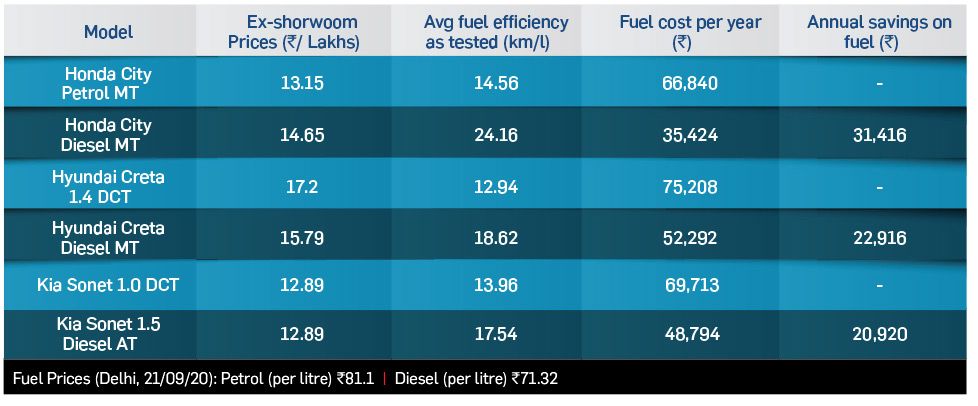
This brings us to the following question – why did the Sonet’s efficiency increase then? Well, because it doesn’t have that addictive power of the 138bhp Creta engine. The powerful 1.4 eggs you on to exploit its power, which is so accessible and fun to do but the result is lower efficiency of course. To enjoy the Sonet in the same manner you would have to switch to Sport mode, which would improve throttle response no doubt, but I avoided that since it would result in a certain drop in efficiency.
And that’s the thing with these modern turbo-petrol engines – they have multiple performance traits, owning to complex mechanicals and software wizardry, which give the car an ability to perform quite differently based on how you choose to drive it. Very high tech and very cool, I’d say! It makes you appreciate the distance that engineers have covered in a little over two decades – from the humble carburettor to these hi-tech marvels.
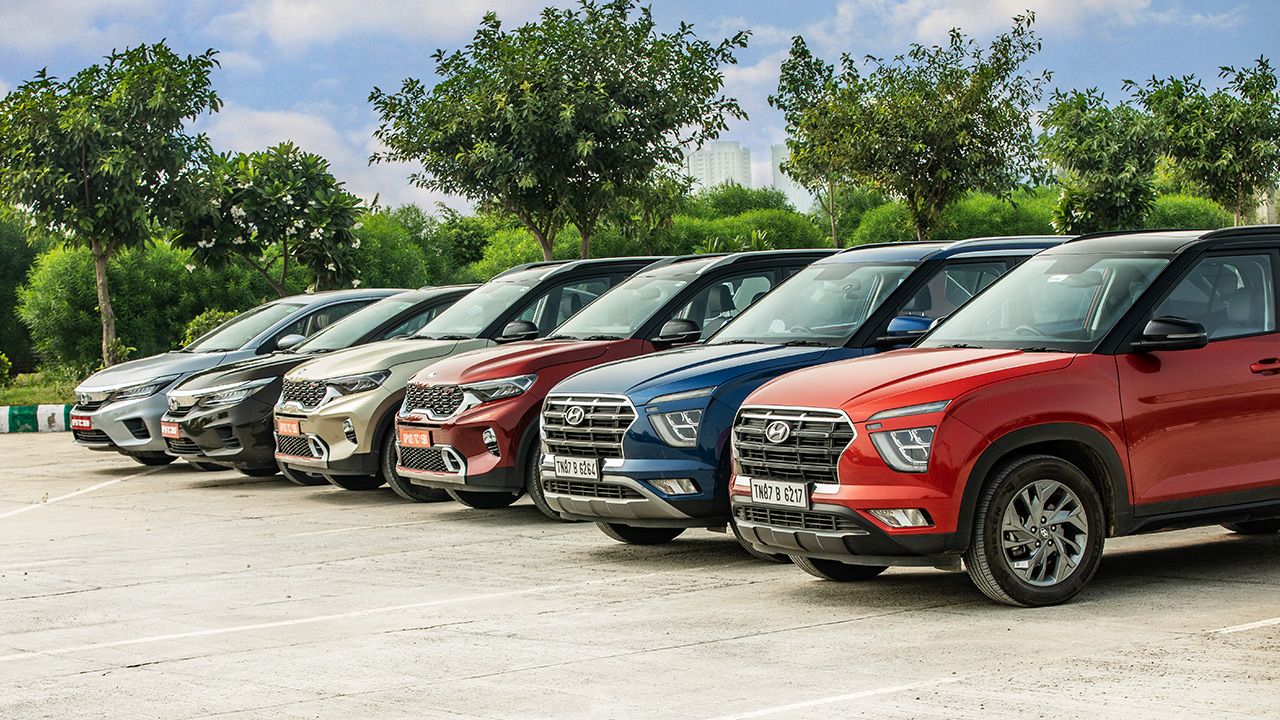
For purposes of our calculations in this test, we took the figures achieved in a 100km run in mixed use in the city and on the highway. But, since the efficiency figures of these turbo-petrols varies so much based on the conditions and driver inputs, we did two additional runs in this duo – one shorter in-city run and another over my 80 kilometre home-office-home round trip – and came up with an average FE figure.
What about performance?
Hyundai Creta DCT:
0 – 100km/h in 10.2 seconds
According to a 2018 J.D. Power study for India, fuel efficiency and acceleration influence new car buyers’ decisions more than any other factor. So, in the name of research, we hooked up our testing equipment and lined them up for performance tests. And the figures might surprise you!
You would imagine that the 138bhp, 242Nm turbocharged Creta would simply annihilate the competition here. But the reality is a bit different. For starters, the 7-speed DCT doesn’t allow you to launch the car from a standstill. Instead, it gently rolls you forward until the gearbox thinks it’s safe for hard acceleration. From here on, in Sport mode, it completes the 0 – 100km/h sprint in 10.27 seconds. Overall, its acceleration is fairly brisk, with quick, timely, and faultless upshifts. This is what allowed the heavier Creta to better the City petrol’s 120km/h time by 0.42seconds, at 14.31 seconds. Let’s just say that once you get used to the power of the 1.4 Creta, it’s going to be a little difficult to step into a lesser model.
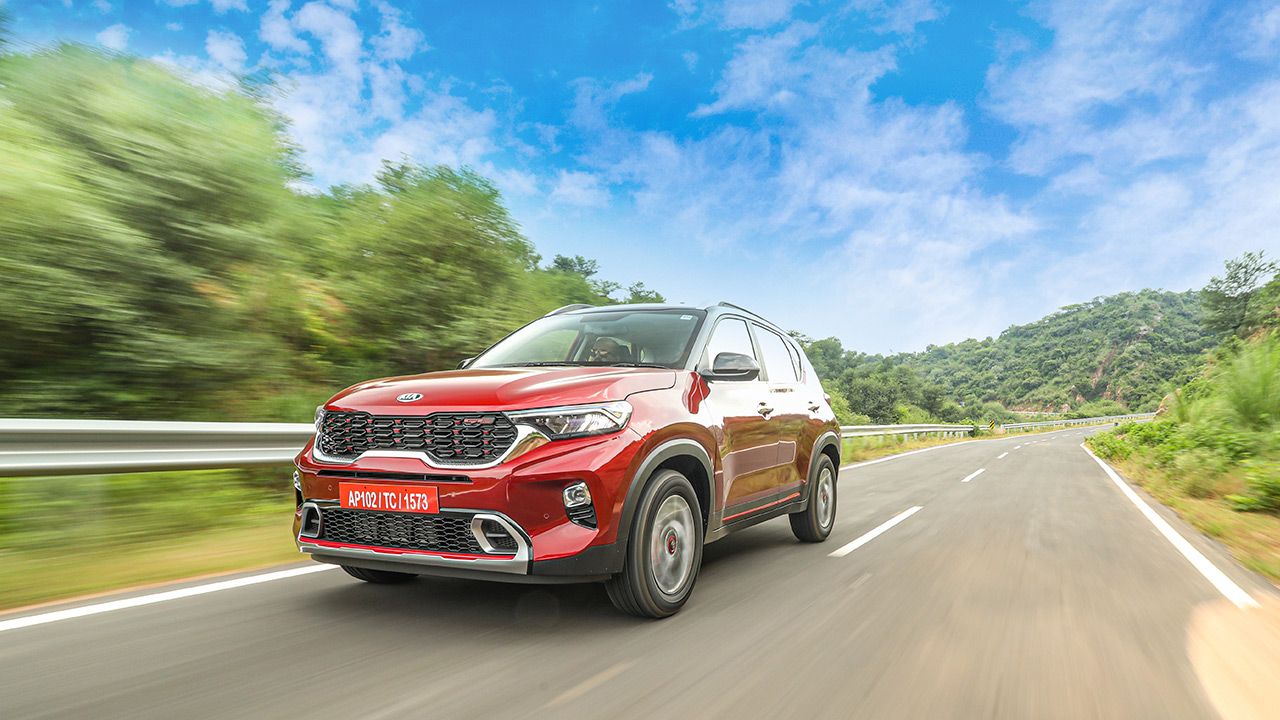
Kia Sonet DCT:
0 – 100km/h in 12.8 seconds
The smaller and lighter Sonet, with its smaller 118bhp, 171Nm engine and the same gearbox was considerably slower! Why? Because the DCT gearbox’s safe mode is even more prominent in this car – the car just sort of idles when you suddenly mash the pedal from a standstill. After that, you encounter noticeable turbo lag until 2,000rpm. This, combined with the tapered top-end response and slower gearshifts, means that the Sonet did the 0 – 100km/h run in 12.81 seconds and took 18.1 seconds to reach 120km/h. Sport mode hides the turbo lag to a large extent – since the drivetrain tries to always keep you above 2,0000rpm – but then your fuel efficiency will certainly take a hit if you use this mode regularly.
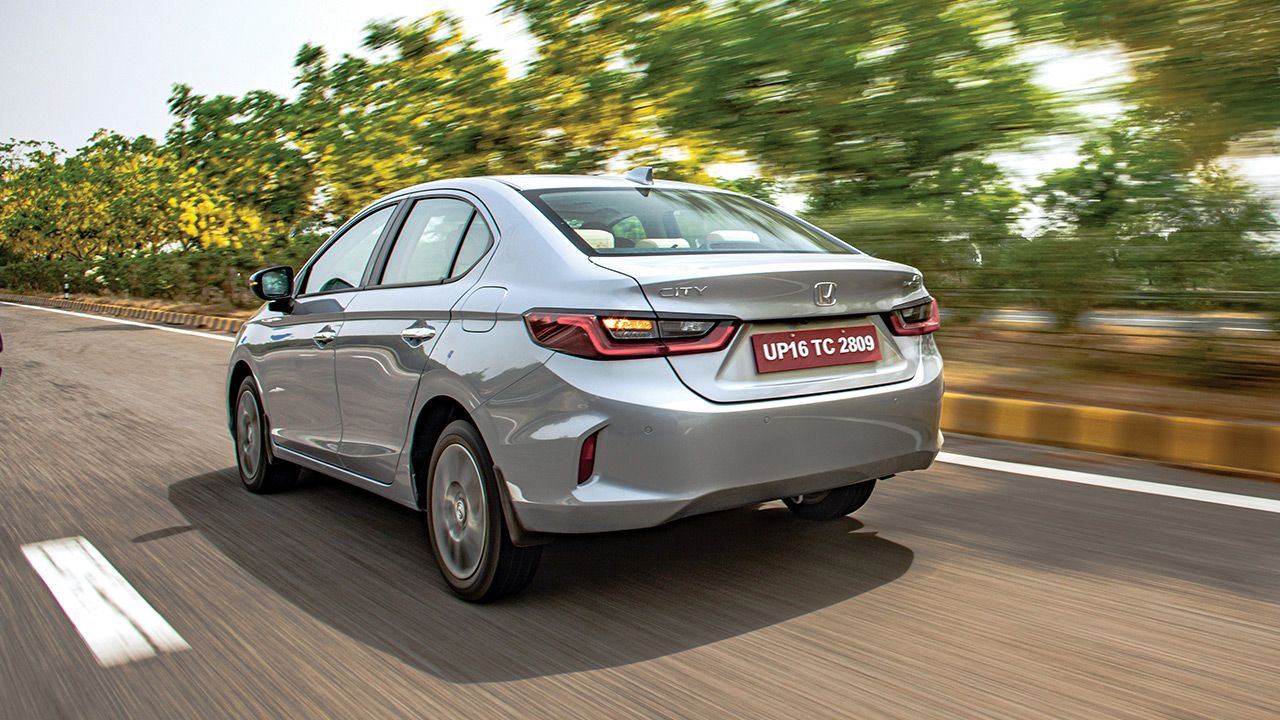
Honda City i-VTEC:
0 – 100km/h in 10.1 seconds
If you’re looking for a fun-to-drive car, you must consider the new Honda City petrol. Its low-speed throttle response is always on point, and you’re only a gearshift away from power on demand since it’s got an awesome quick-shifting manual gearbox. The gearbox itself is smooth, light, and has short throws. The clutch is light, too, which makes driving in traffic quite easy.
On the highway, step on the long pedal, and the new twin-cam Honda engine transforms into an entirely different motor – its increased decibels make for a desirable engine note. At this point, you can feel vibrations and noise egging you on to push the engine further, which feels very willing all the way to its 6,500rpm redline. The City petrol reminds me of the rev-happy VTEC of old.
All told, this willing engine and manual gearbox combo ensured that the Honda City petrol was the fastest car to do the 0 – 100km/h run in a time of 10.18 seconds. Raise the revs, dump the clutch and work the pedals – what a satisfying experience! Sure, the Creta DCT’s turbo punch and slick-shifting gearbox got the better of my limbs by the time we hit 120km/h, but that doesn’t take away from the fact that a great NA engine and manual gearbox remains the holy union.
Diesel Duel
Honda City i-DTEC:
0 – 100km/h in 12.5 seconds
The new City diesel achieved an unbelievable efficiency of 24.16km/l during our 100km fuel-efficiency run. About 25kms of this run was under heavy traffic, another 23kms was in moving city traffic, and the rest was expressway cruising – this was the same for all cars. While expressway cruising definitely enhanced the efficiency figure, it’s worth noting that, in the past, the diesel manual Jazz, City, and BR-V have all returned over 20km/l during my everyday driving.
The well-geared nature of the car allows you to cruise all day long in sixth gear, while comfortably overtaking cars anywhere between 60km/h and 100km/h. The first four gears are closely stacked together though, which allows for decent acceleration. Consequently, the City completed the 0 – 100km/h sprint in 12.55 seconds, which isn’t bad considering the efficiency. But it’s also worth noting that there has been no improvement in the notorious NVH levels in the City diesel, which have always been a problem. The only improvement here is better off-boost throttle response at low revs.
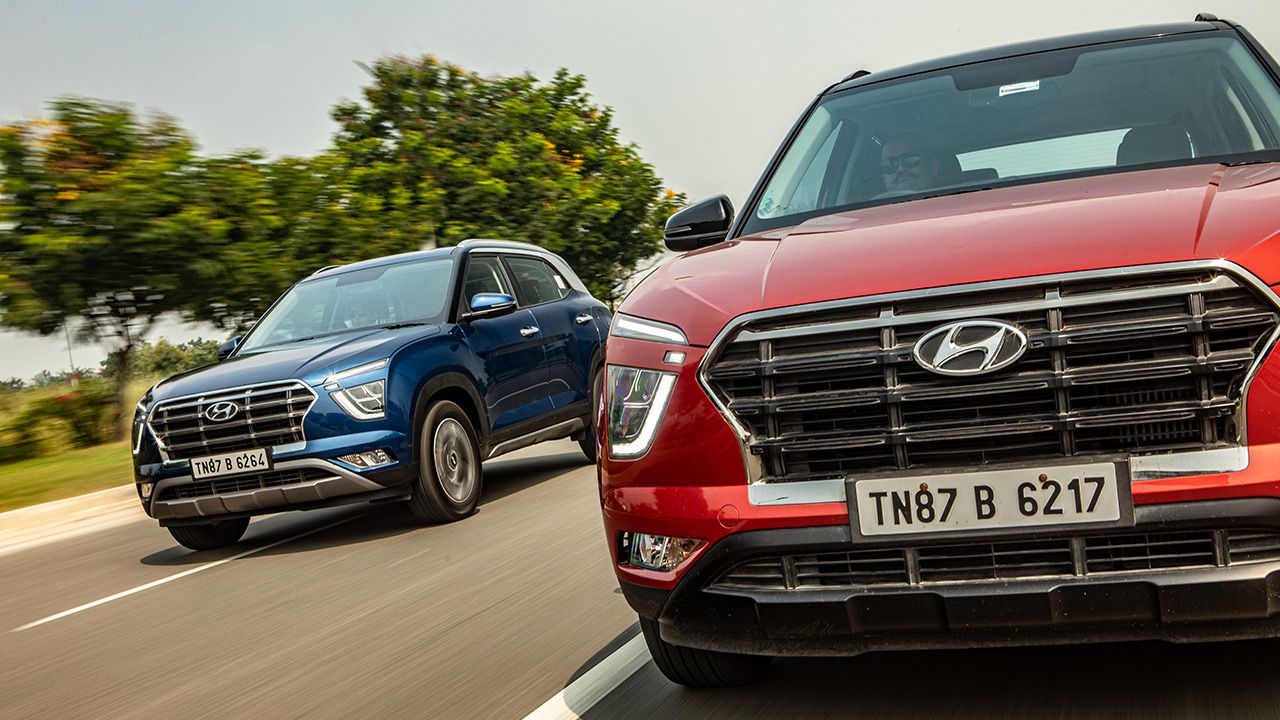
Hyundai Creta CRDI:
0 – 100km/h in 12.7 seconds
The Creta diesel, with 113bhp and 250Nm, is more powerful than the City diesel, but it also has a bigger and heavier body. And because of the extra weight, it did the 0 – 100km/h sprint in 12.77 seconds and reached 120km/h in 17.62 seconds.
Now, the second-gen model of the Creta diesel has evolved to become a more refined and sophisticated offering than before. The previous 1.6 diesel Creta’s solid turbo punch is gone, instead, it now has better off-boost throttle response – even full boost from the turbo doesn’t launch a sudden forward assault. Instead, you get a very linear wave of power. Overall, the new diesel has become more refined and is a lot quieter in the cabin. Also, the annoying turbo lag is now gone. In comparison to the City, the Creta feels far more refined and sophisticated in terms of NVH levels. The light throws of the gearbox and well-damped controls make this car feel a segment higher. The reserved and refined character of this car seems to suit it perfectly, for a mid-size diesel SUV should be all about driving comfort and sophistication.
Kia Sonet diesel AT:
0 – 100km/h in 11.3 seconds
But what if you want a fun-to-drive mass-market diesel car? Well, look no further than the Sonet diesel automatic. The Sonet diesel AT gets the same 113bhp, 250Nm engine as the bigger Seltos diesel. Now, thanks to its lighter weight and compact dimensions, the Sonet diesel is a hoot to drive. It sprints to 100km/h from a standstill in 11.37 seconds, thanks to the engine’s strong performance. The 6-speed torque converter gearbox offers smooth and quick shifts and allows for aggressive standing starts, making the Sonet a rather fun car to drive. What’s more, it costs ₹5 lakh less (on-road) than the Creta diesel automatic, which has the same power and torque output. It’s a real bargain for anyone looking to buy a diesel automatic SUV. The only fly in the ointment is that the diesel automatic Sonet has considerably higher NVH levels than the petrol AT Sonet, and the two Creta’s here. But, on the upside, it’s a quick compact car, which is great for our urban conditions. And it won’t present you with any intimidating fuel bills either.
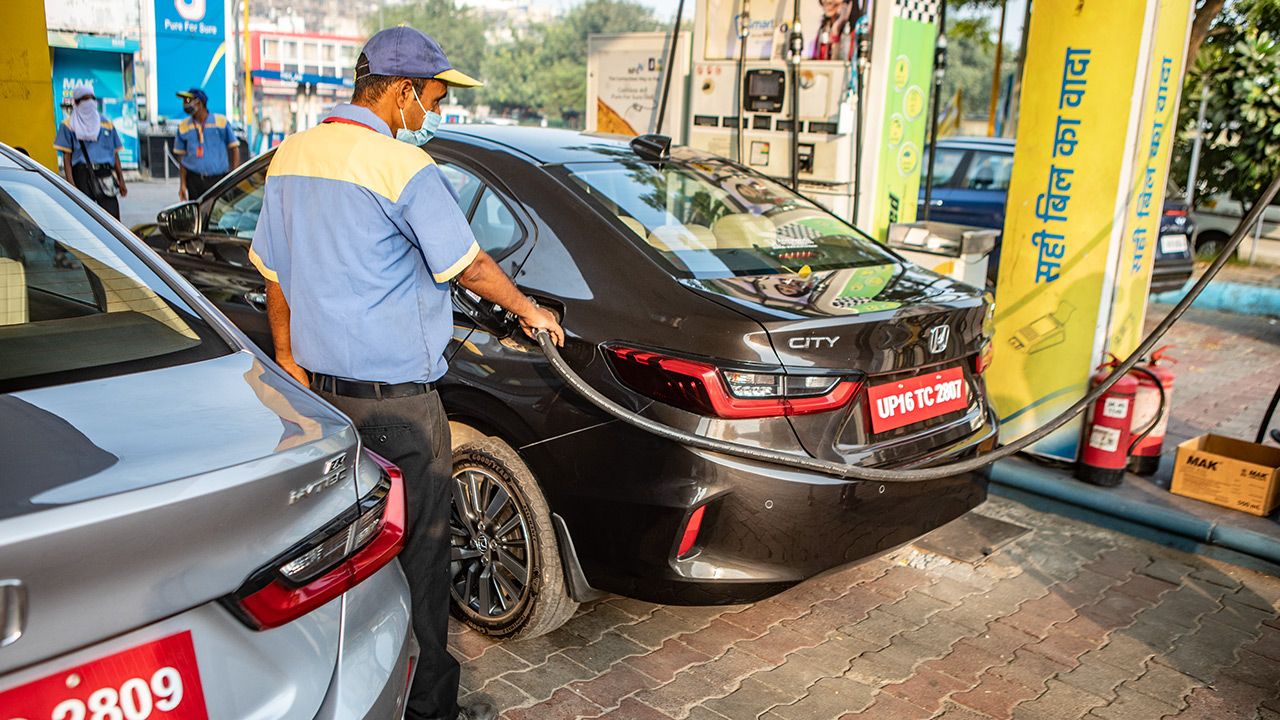
Efficiency talk
Remember, buying an SUV means buying a heavier car, so it will always adversely impact fuel efficiency. So, if you’re wondering why the lighter Sonet returned a lower efficiency figure, it’s because its torque converter automatic gearbox saps some of the engine’s power under operation, unlike the manual gearbox of the Creta diesel in this test.
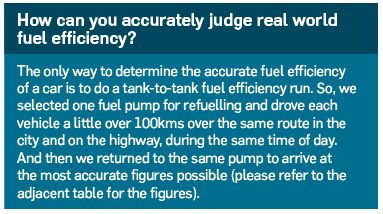
Now, as mentioned earlier, the price differential of ₹1.5 lakh between the petrol and diesel models of regular cars can be recovered in about 5 years if you drive about 33kms every day. But, against a turbo petrol car, a diesel car will start saving you money from day one. In today’s economy, a turbo petrol will cost you about ₹20,000 – 31,000 more in terms of fuel expenses every year than a diesel if you do 12,000 kilometres a year.
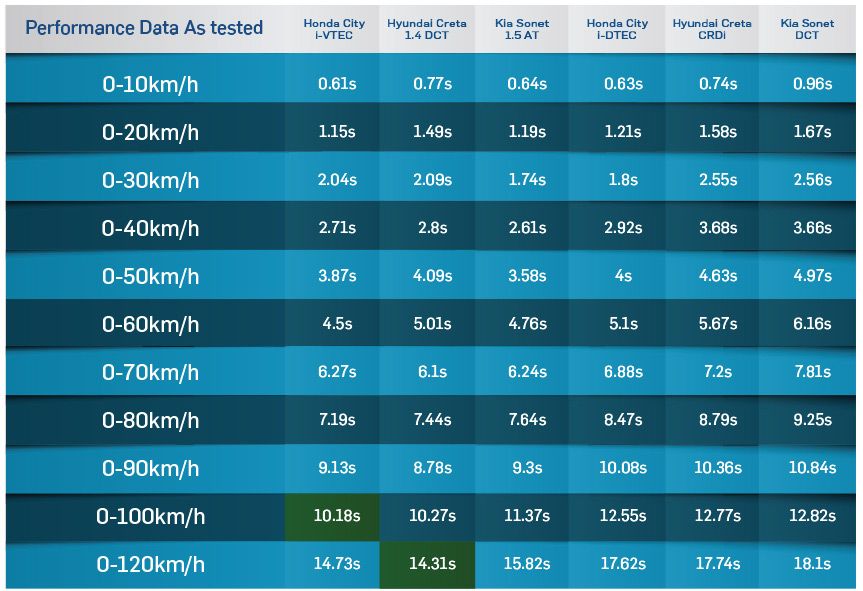
So, whether you choose a fun-to-drive petrol or a modern-day turbo-powered car depends ultimately on what your priorities are and, still, on how much distance you cover on a yearly basis. Since diesels continue to offer better fuel economy, and in this BS6 era since petrol engines have grown more technically advanced (read: more expensive), diesels still make sense if you want more range and lower fuel bills.
As for me, well, I’ll have the keys to the City petrol please. But, wait a minute, we’re in the midst of a severe recession, aren’t we? So, maybe I’ll have the keys to that Sonet diesel auto instead – it, too, is fun to drive, while being convenient and efficient at the same time. After all, it’s not just the petrol engines that have made strides in power and efficiency, it’s the diesels too. So, evolution really does improve the breed after all. And what that means for you, the consumer, is that you’re left with more choice in the BS-6 era, not less as you may have previously feared…
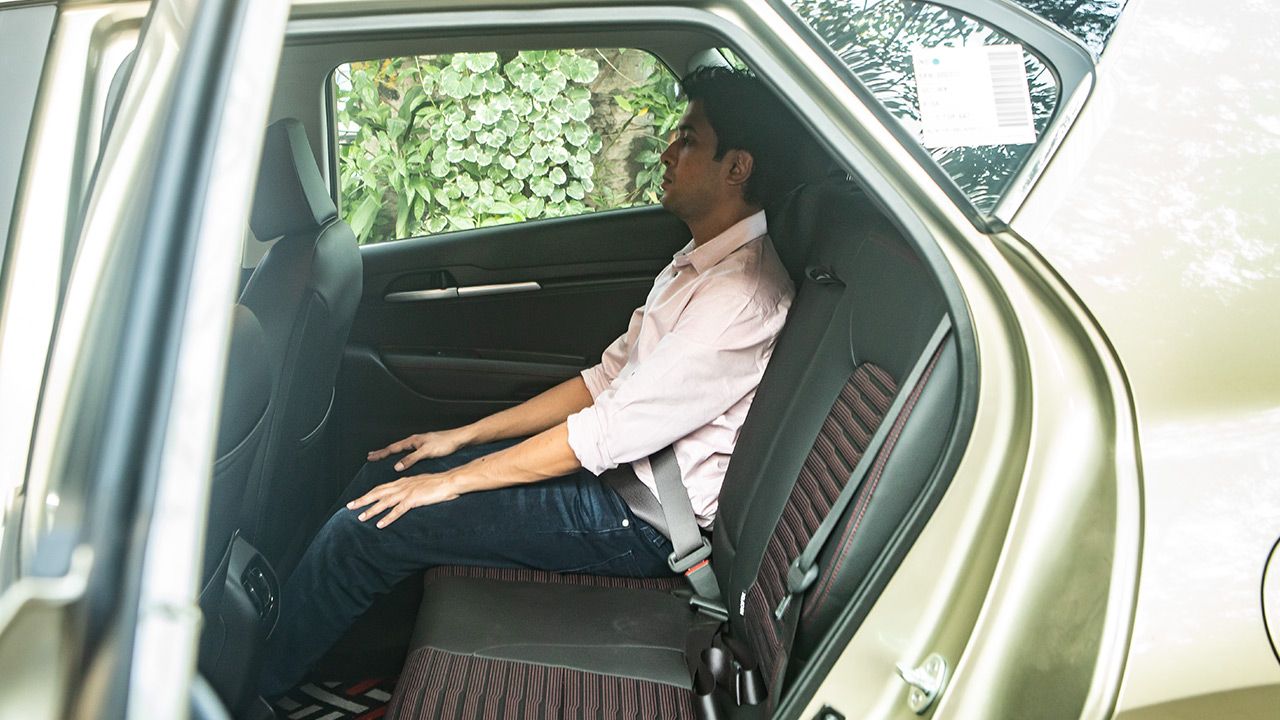
The Sonet’s rear seat has good space for a compact SUV, but can only comfortably seat two adults.
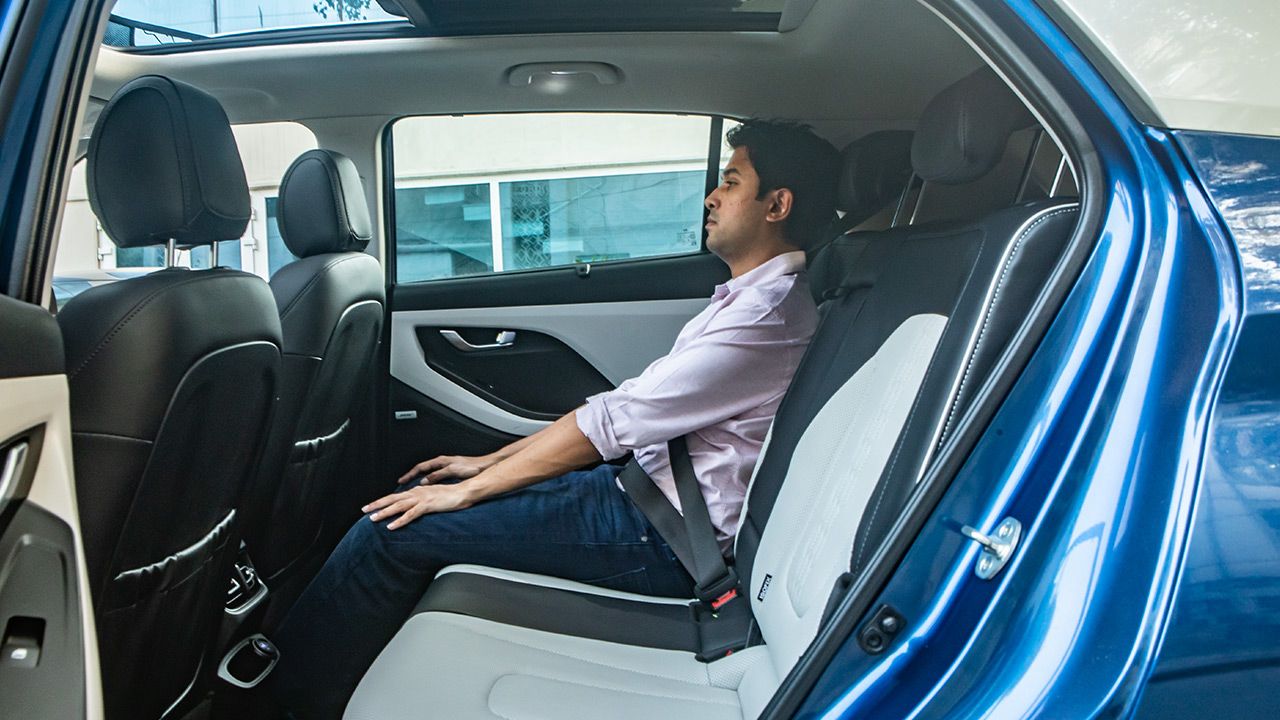
The Creta’s flat floor allows rear seat occupants to stretch their legs out. It offers plenty of headroom too, but underthigh support could have been better.

The City is significantly more spacious than the Sonet and Creta. But rear headroom is limited. And the rising floor under the front seats hampers comfort.
Also read - Honda City vs Hyundai Verna: Comparison
Engine: 1,493 cc / Inline-Four / Turbocharged / DOHC
Fuel: Diesel
Transmission: 6-Speed Automatic / Front-Wheel Drive
Power: 113bhp @ 4,000rpm
Torque: 250Nm @ 1,500 – 2,750rpm
Price: ₹12.89 Lakh (Ex-showroom, Delhi)

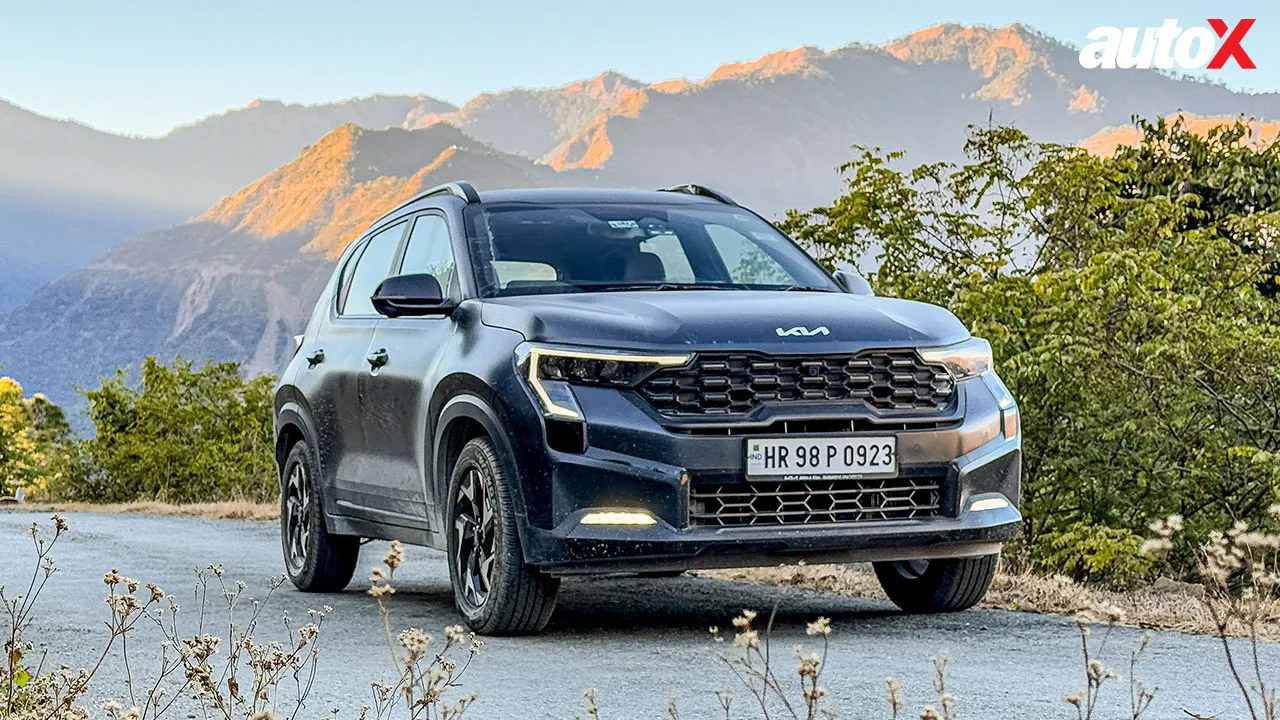




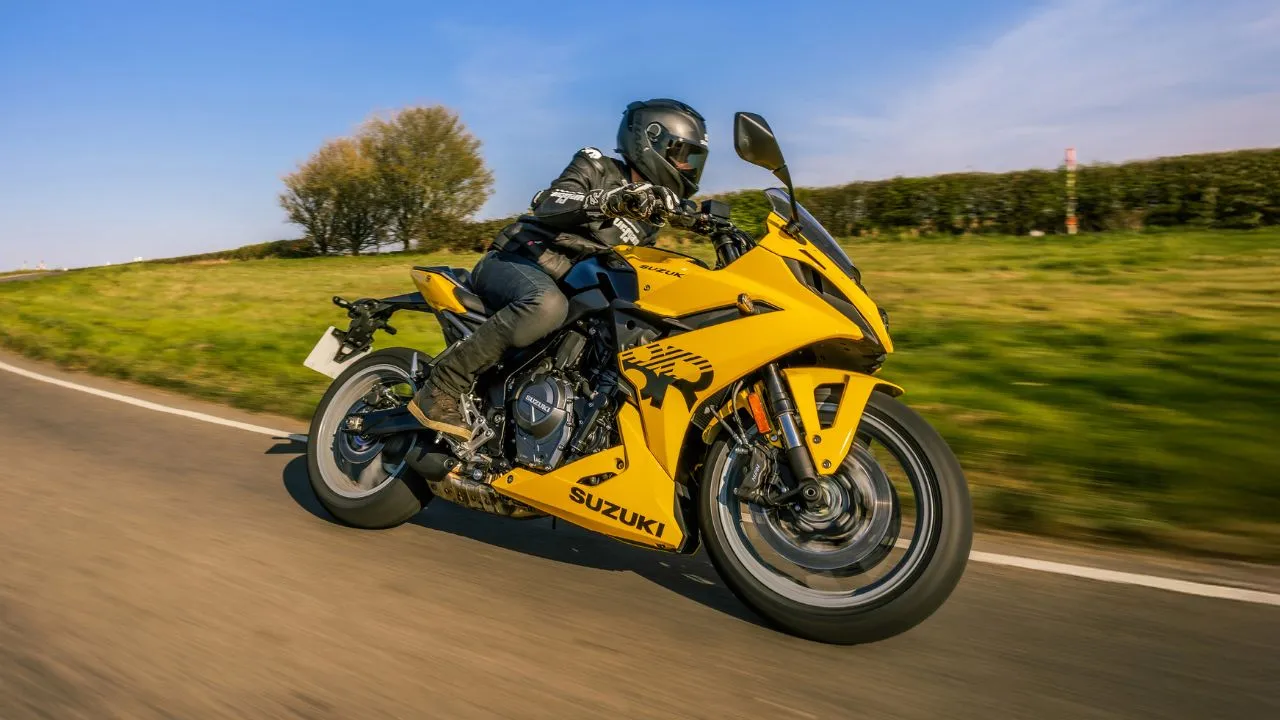
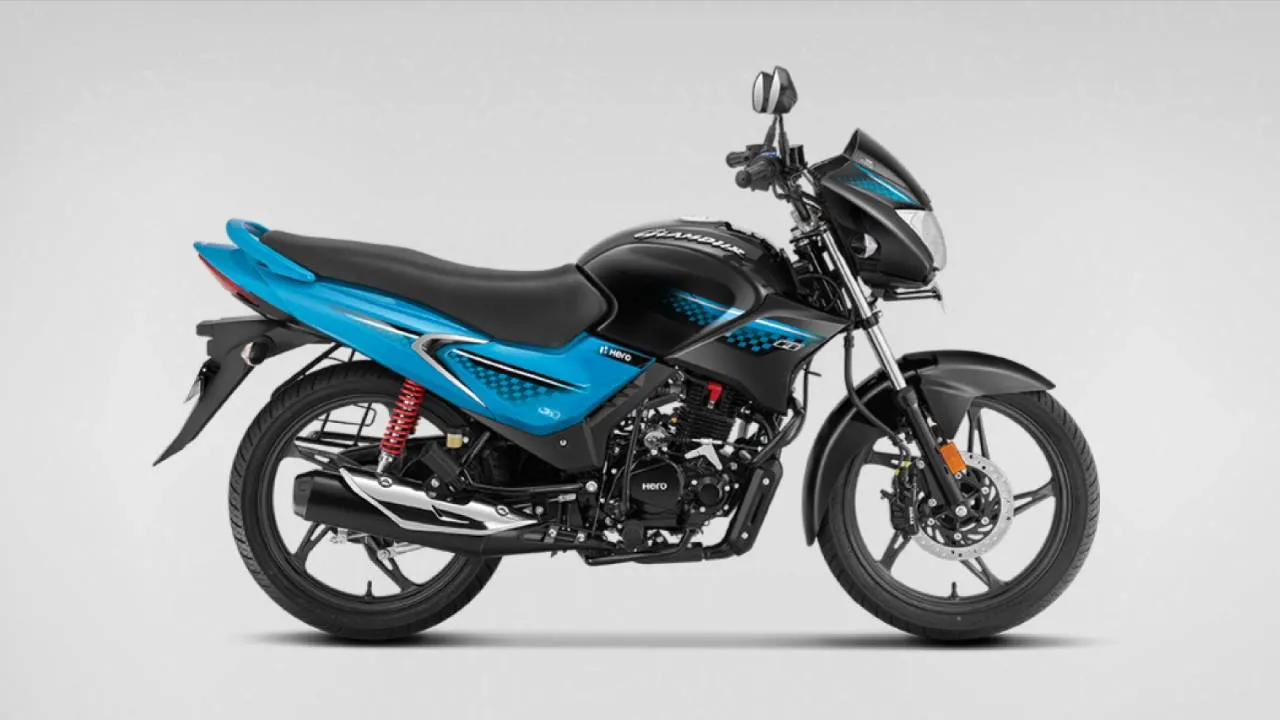















Write your Comment on